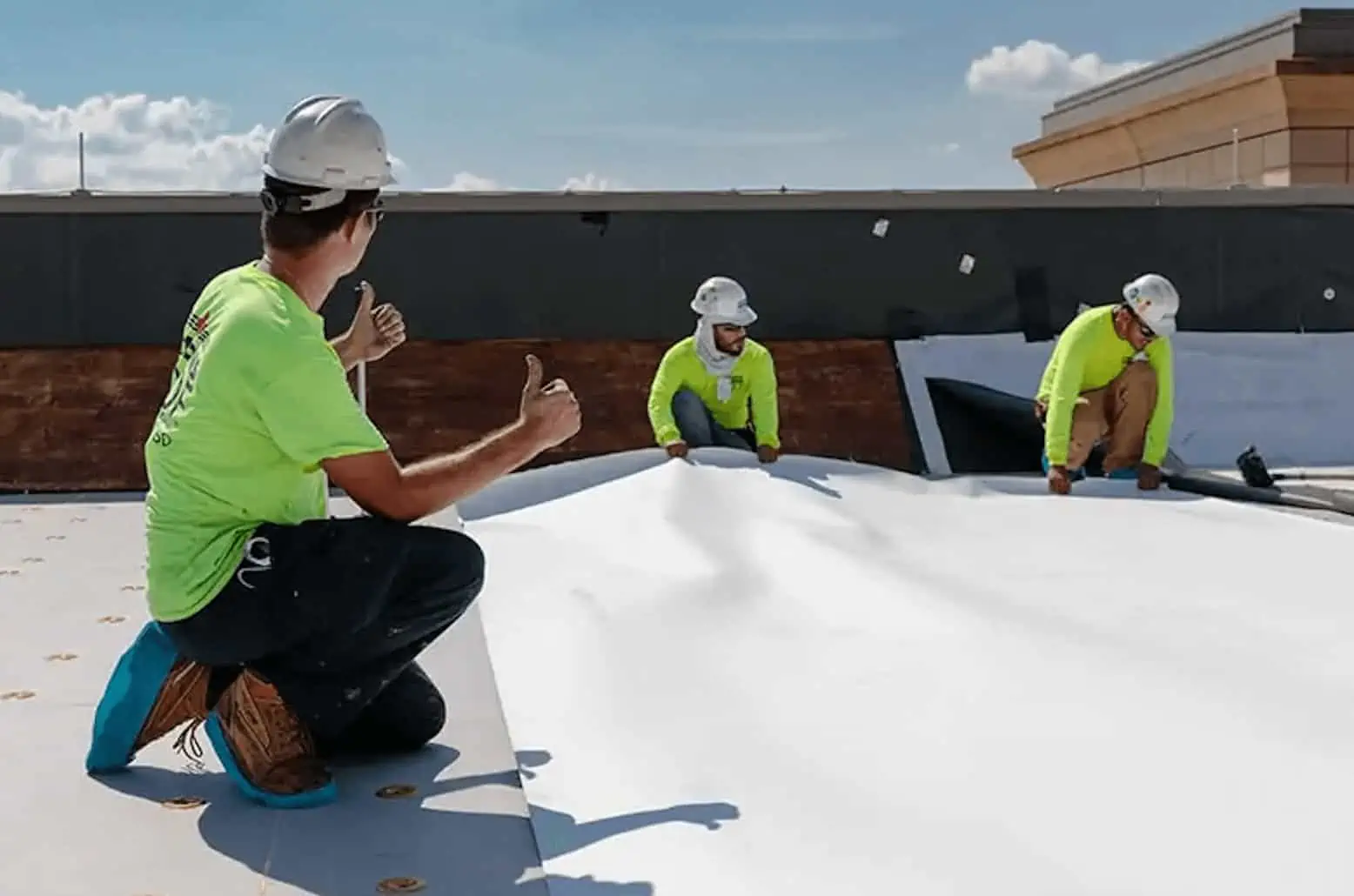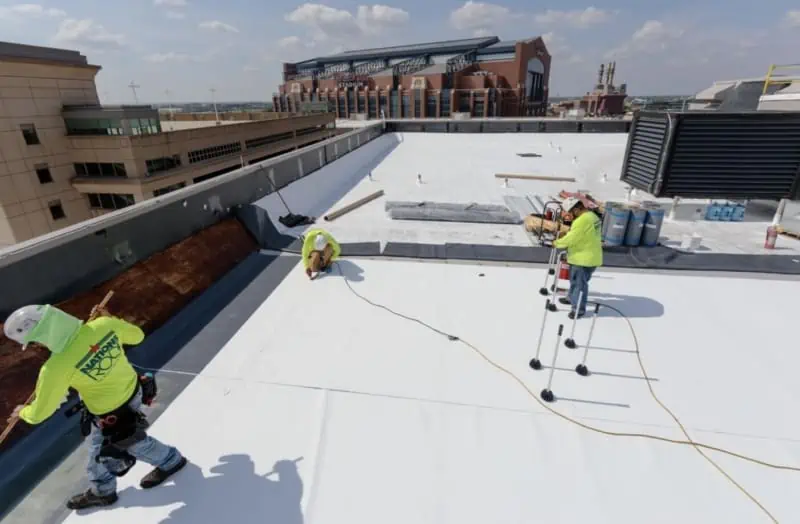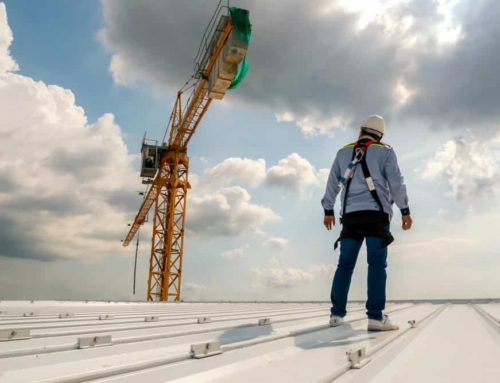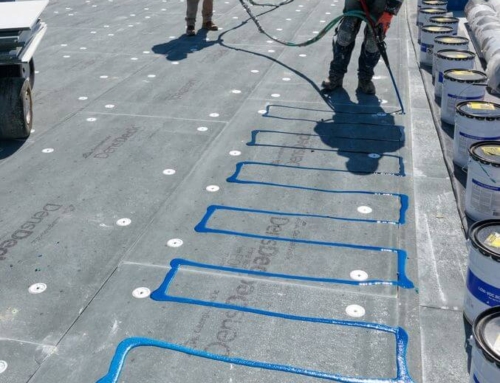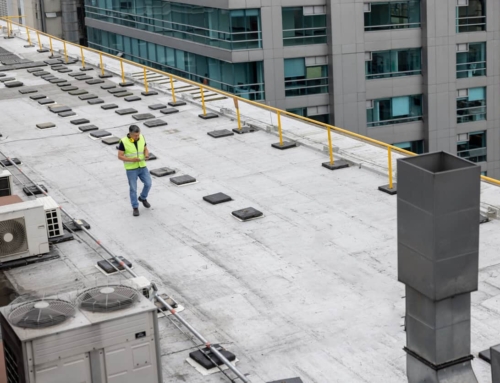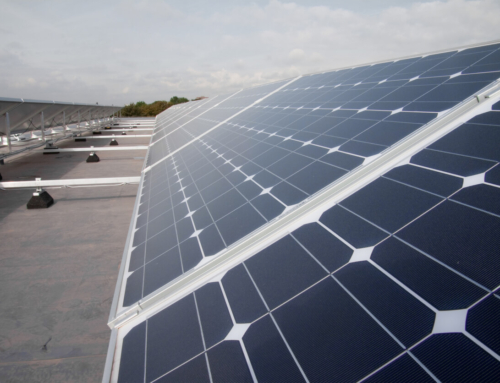Here’s what to expect as your TPO roofing installation approaches. You may know the basics about TPO or thermoplastic polyolefin. TPO roof sheets are a heat-weldable blend of polypropylene and ethylene propylene rubber components, which gives the material flexibility in colder temperatures. You also understand that TPO roofs are very popular for their high resistance to UV Rays, particularly in warmer climates.
At this point, you probably have been given a quote from your roofing contractor and know the cost per square foot. However, you may not know how to install TPO roofing.
Here’s what you need to know about TPO roof installation and the benefits of a self-adhered system.
Contents
Basics of How to Install TPO Roofing
Wondering how to install a TPO roofing system? The first step in applying a TPO membrane is preparing the existing roof, either by removing it or by cleaning the existing substrate.
The next step in installing TPO roofing systems is to add insulation. The most commonly used insulation is polyisocyanurate, but you may also select expanded polystyrene or extruded polystyrene. The insulation will increase your building’s energy efficiency. The insulation is cut to fit around roof protrusions.
Crews will often then add a cover board and ensure there aren’t any sharp edges or moisture before adding the TPO roofing materials. The cover board is a high-density substrate that protects the roof insulation and provides an excellent surface for the TPO membrane.
Next, the TPO roofing system is added one roll at a time. The membrane is typically mechanically fastened with fasteners and plates, or it may be adhered to the substrate. Adhered roofs are attached with adhesives or with a self-adhered TPO roofing material (more on this later). Each subsequent edge overlaps the previous strip, and the seams are heat welded to create a watertight seal.
Finally, the trailing edges are fastened into the roof decking, and the TPO roofing membrane is added to the side walls and penetrations throughout the roof.
Benefits of Self-Adhered TPO Roof Membrane
Check out this video of a professional installation of a TPO roof system. You’ll see the difference between installing a self-administered vs adhered TPO system.
Here are the benefits of a self-adhered single-ply roofing membrane:
- No flash-off time is required
- Consistent adhesive thickness and coverage
- Adheres without the use of additional VOC-containing bonding adhesive
- Increased productivity means lower labor costs
Learn more about installing TPO membranes from an experienced roofing contractor like Nations Roof.
Nations Roof offers a comprehensive range of commercial roofing services to suit your needs and budget. We have expertise in all low-slope commercial roofing systems – and roofing manufacturers.
Nations Roof is also your go-to source for regular maintenance to increase the life expectancy of your new roof. Contact us today to learn how to save money on energy bills by completing a roof replacement project.
Key Takeaways About TPO Roofing Installation
(Thermoplastic Polyolefin)
- The first step of installing a TPO membrane is preparing the existing roof surface.
- After insulation is added, crews may install a coverboard.
- TPO roof membranes are added one roll at a time, with heat welding at the seams to create a watertight seal.
- TPO roof membranes that are adhered may be installed with adhesives or a self-adhered TPO membrane.

